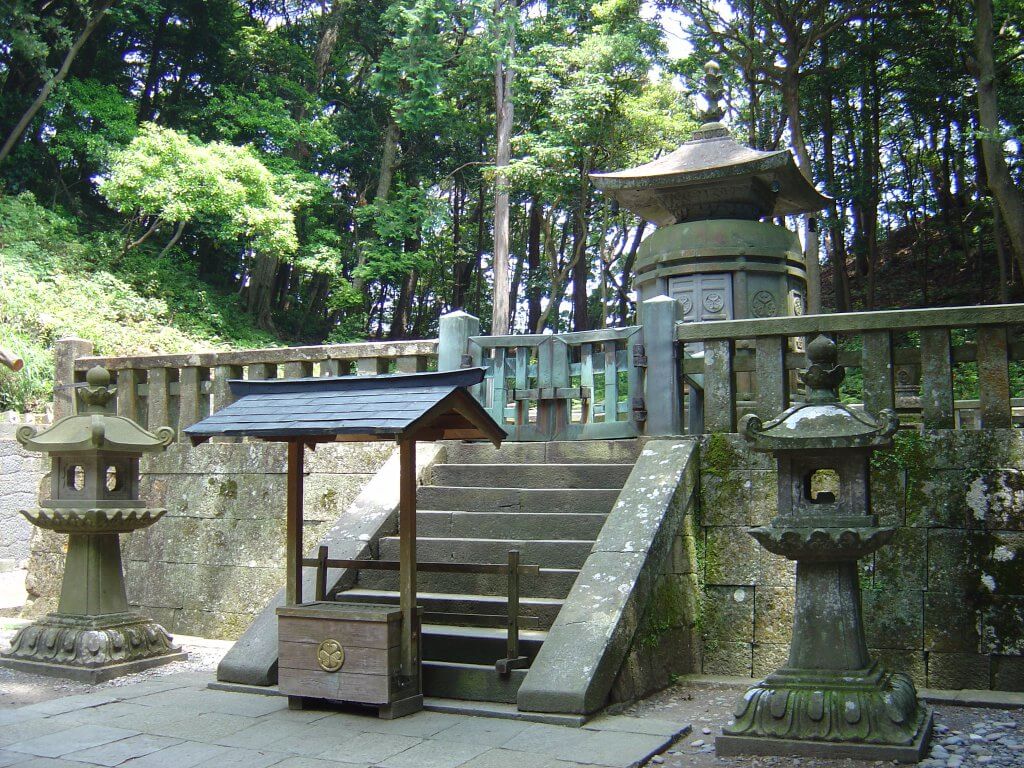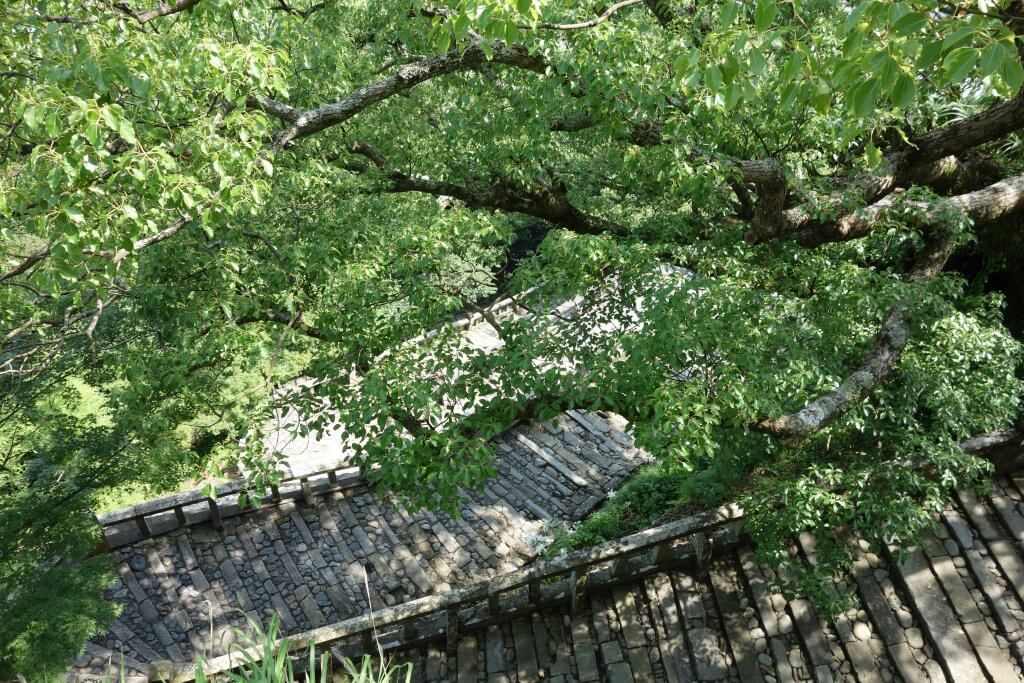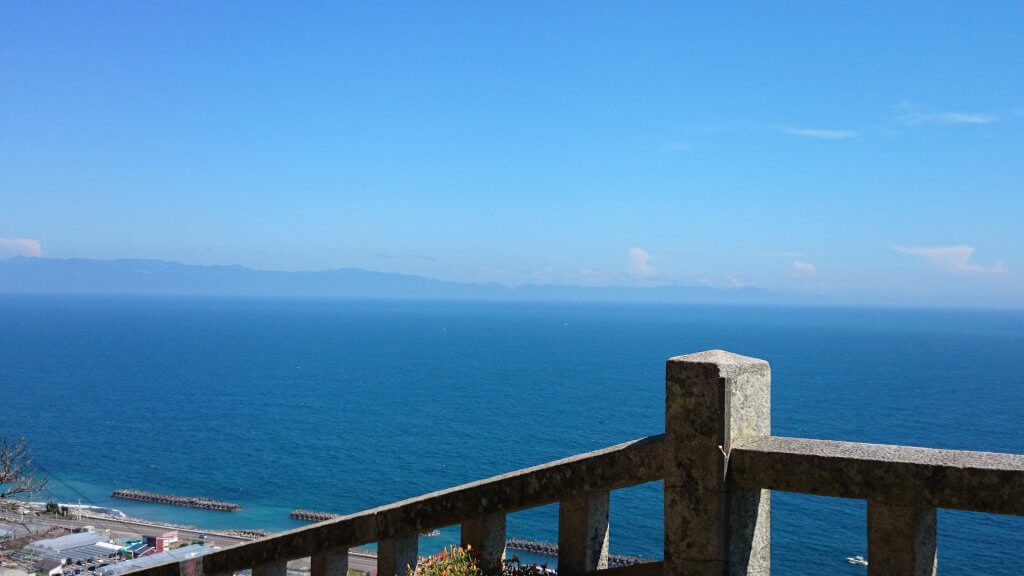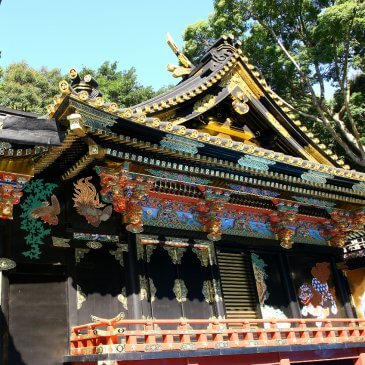Tokugawa Ieyasu, who spread peace across Japan, passed away at the age of 75 at the Sumpu Castle on April 17th, 1616. According to a book written by a monk that was alive through the beginning of the Edo Period, it is said that Tokugawa Ieyasu left his final words before he died, “Bury my body at Mount Kuno, hold a funeral at Zojoji Temple in Edo (the former name of Tokyo), dedicate a memorial tablet (a placard used to designate the seat of a deity or past ancestor) at Daijuji Temple. After a year since my passing, build a place in Nikko and enshrine my body there. Then, I will become a guardian to protect Edo.”
Following his will, his body was enshrined at Mount Kuno. After a while, the second shogun of the Tokugawa dynasty, Tokugawa Hidetaka, built the Kunozan Toshogu Shrine in this location. There are approximately 500 Toshogu Shrines all across Japan, including the shrines that have been abolished, however, Mount Kuno is genuinely the first place to ever enshrine Tokugawa Ieyasu. When Kunozan Toshogu Shrine was built, the greatest skills and knowledge in those days were used for the construction. Nowadays, it is designated as a national treasure.
Around the 7th century, a temple called Kunoji Temple was built at Mount Kuno. It is said the name of Mount Kuno comes from the name of Kunoji Temple. It is noted that around the 13th century, Kunoji Temple was a famous place where a large number of monks visited. However, at the beginning of the 13th century, this temple was destroyed due to a wildfire. Later on, during the war of the Sengoku period (end of the 14th century to the end of 16th century), Takeda Shingen, who was a pre-eminent feudal lord in Japan with exceptional military prestige in the late stage of the Sengoku period, regarded the place of Kuno as a strategically wise place to set up defense because it is a very steep mountain. Because of this, Shingen built his castle on the top of Mount Kuno.
Nowadays, worshippers must climb up exactly 1159 stairs to get to the Konozan Toshogu Shrine. Climbing up the stairs, you might understand what it felt like to be one of the people who attacked the Kuno Castle and how it is such a demanding task. If you’re not up to the task, don’t worry, because there is also a cable car to get there. After the death of Takeda Shingen, this area passed into the hands of Tokugawa Ieyasu.One day, when Tokugawa Ieyasu lived at Sumpu Castle, where he lived during his later years, he said, “Remember that Mount Kuno is always essential and important to Sumpu Castle.” After that, he died and became a god at Mount Kuno, which is his main point of defense in order to protect the nation.




